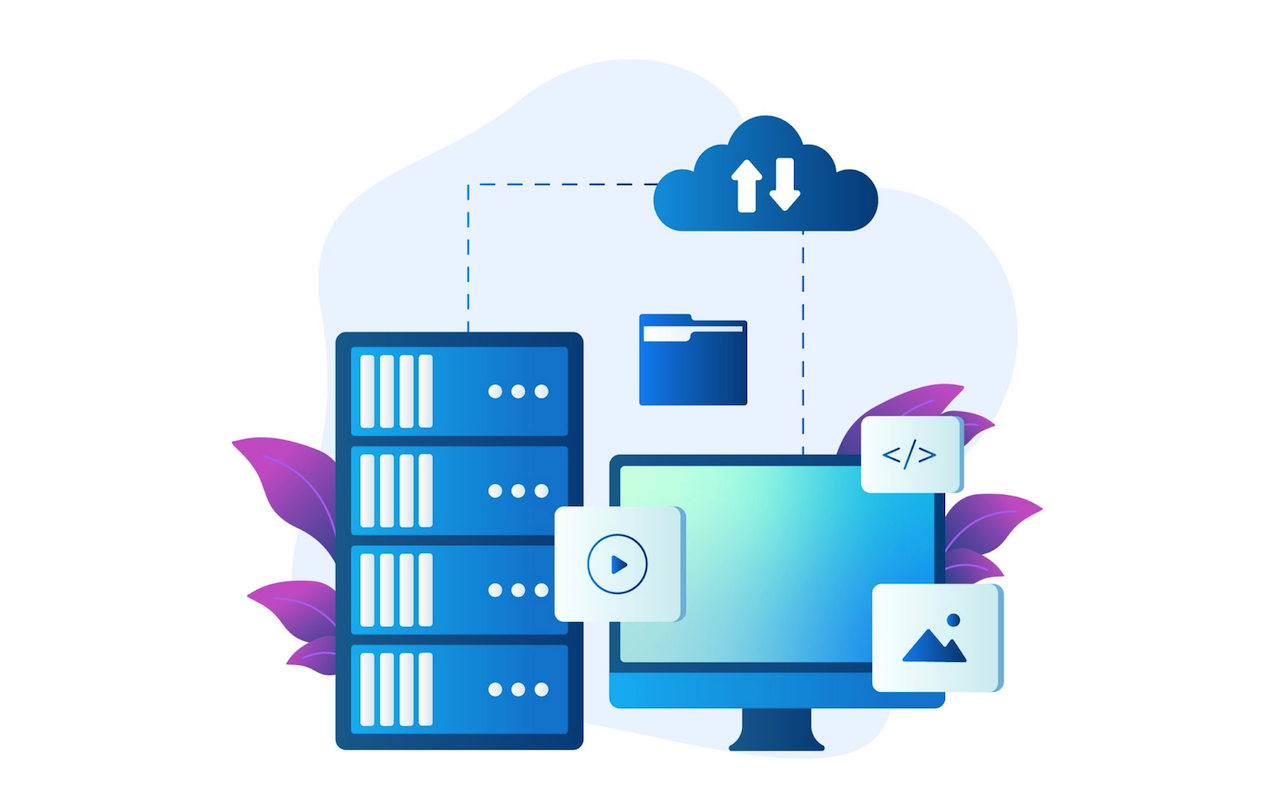
To be honest, I expected 2025 to be dominated by AI talk. But the reality is different. Developers are tired of the endless hype. We just want to build websites that work and keep users happy, not frustrated.
Speed is Non-Negotiable Now
Three years ago, you could get away with a slow website if your content was good enough. Not anymore. People just leave. They don't stick around hoping it loads.
The thing that's changed is that developers actually care now because they've seen the data. You build a site, it's slow, and you can literally watch users bounce. That's a wake-up call nobody needs twice.
So what are people actually doing? Honestly, most of us aren't waiting for the next framework update to fix performance. We're going back to basics. Less JavaScript. Actually testing on a real phone that's not top-of-the-line. Using a throttled connection to see what happens when someone's on 4G in a coffee shop.
Real user metrics changed everything. Instead of our tools telling us "your Lighthouse score is 95," we're seeing "users on slower devices are waiting 8 seconds for interaction." That hits different. That's not abstract; that's people leaving your site.
Browser Updates Are Actually Useful Now
For years, every browser update felt like a new round of testing headaches, especially in Safari. But lately, things have changed. Modern browsers are finally rolling out features developers genuinely wanted.
Container queries are a major win for developers building component libraries. It might not sound flashy, but imagine writing a responsive button that adapts perfectly inside any container, no viewport hacks required. It’s real, and it’s finally here.
You’ve been able to do parent selection in JavaScript for, well… forever. But in CSS? Nope. Now you can. It's not earth-shattering, but it cuts down on unnecessary class names and JavaScript.
View transitions let you animate between page states. Not in a "we built this jQuery plugin" way, but actually built into the browser. You add a couple of lines of CSS, and suddenly, page changes feel smooth instead of jarring. Users notice.
The new document picture-in-picture API sounds geeky, but it actually matters if you're building anything with video or real-time collaboration. You can keep something in a floating window while you work on other stuff. It's useful.
The takeaway? Browsers are finally delivering the features developers have been asking for, not just what vendors assume we want.
Sometimes, Simple Just Works
There's this weird trend happening where some developers are quietly pulling back. Not everyone needs React. Not every site needs a single-page app. Some of us are building things with plain HTML, a bit of JavaScript, and it's fine. Actually, it's fast.
I'm not saying this is the answer for everything. But the realization that you don't always need a 200KB JavaScript bundle has been healthy. Some projects genuinely need that. Some don't. Knowing the difference matters.
Server-side rendering came back, but not for ideological reasons. It came back because it's actually faster for users. You send HTML, and they see something immediately. The page feels interactive. Try that with a heavy client-side framework and you're shipping more JavaScript just to feel as fast. Proper custom software development can help optimize these processes.
This isn't revolutionary. It's just practical. And something is refreshing about that.
Dev Tools Actually Got Fast
Remember the days when updating a single file meant waiting half a minute for your dev server to rebuild? Those days are thankfully over. Now you change something and it's done in 2-3 seconds. Some tools are even faster.
This matters way more than people realize. When you're in flow state and have to wait every time you make a change, it breaks your concentration. Cut that down, and suddenly you're more productive. You iterate faster. You try more ideas because the feedback loop is instant.
Tools written in Go and Rust are running circles around old Node-based tools. That's just faster hardware doing faster things.
Databases Got Real
For years, everyone just picked PostgreSQL or MongoDB and called it a day. In 2025, people are actually thinking about what they need.
SQLite isn't just for mobile anymore. For smaller projects where you're not dealing with thousands of concurrent users, SQLite on the same server as your application is simpler and faster than managing a separate database. Deployment is easier. Backups are easier. It just works.
Edge databases are becoming actually viable now. Your data lives close to your users, so queries are fast wherever they're accessing from. That changes how you think about architecture, and leveraging web app development services ensures your applications are built efficiently.
People are also finally asking: "Do I actually need a relational database?" Sometimes the answer is no. You build faster and simpler if you pick the right tool for what you're actually doing.
Security Isn't Optional Anymore
Third-party scripts used to be this thing we didn't think about. Add analytics, add tracking, add ads, done. Now people are auditing what these services actually do and what access they have.
One bad script can expose your whole site. One dependency with a vulnerability means your whole application is vulnerable. Developers are checking their dependencies now. Actually, keep them updated instead of ignoring security warnings.
Supply chain security is finally getting serious attention. If someone hacks a popular package, your code could be compromised without you doing anything wrong. This keeps developers up at night now, and rightfully so.
Mobile Is Still Where It's At
Most traffic is still mobile. But most developers still don't test properly on mobile. They test in Chrome on a laptop with a throttled connection and call it good. That's not the same as a real phone on a real network.
Progressive enhancement is making a comeback, too. Build something that works without JavaScript, then JavaScript makes it better. Radical concept, right? But it means your site actually works when something breaks. And something always breaks.
Accessibility Is Just Expected
Nobody's debating whether accessibility matters anymore. It just does. Sites that work for people with different abilities also work better for everyone else. Better contrast helps in bright sunlight. Bigger touch targets work on mobile. Keyboard navigation is faster.
Tools for testing accessibility are better now. You can actually catch problems before they reach users. Developers are putting it in their workflow instead of treating it like an afterthought.
What It All Means
Here's the thing about web development in 2025: it's not flashy. No one thing changed everything. It's just that we've matured. We're being practical. We're measuring what actually matters to users. We're picking tools that solve our specific problem instead of picking the trendy framework.
The developers winning right now are the ones who make sites that load fast, work on any device, stay secure, and are accessible. They're not chasing hype. They're solving real problems.
Build something that works. Make it fast. Keep it secure. Make it accessible. That's it. That's the job.
Featured Image by Freepik.
Share this post
Leave a comment
All comments are moderated. Spammy and bot submitted comments are deleted. Please submit the comments that are helpful to others, and we'll approve your comments. A comment that includes outbound link will only be approved if the content is relevant to the topic, and has some value to our readers.



Comments (0)
No comment